












Discover the literary sisters' beloved Yorkshire
WONDERS OF THE WEST
Longleat & Wilton House
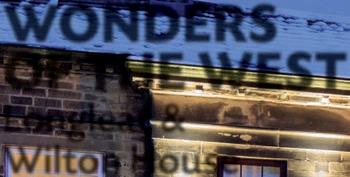
THE KING'S SPEECH
Stories of the royal Christmas broadcast
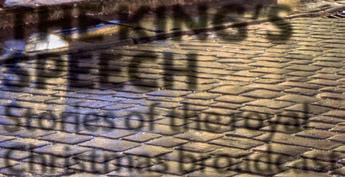


Spine-tingling tales of our castles, manors & inns






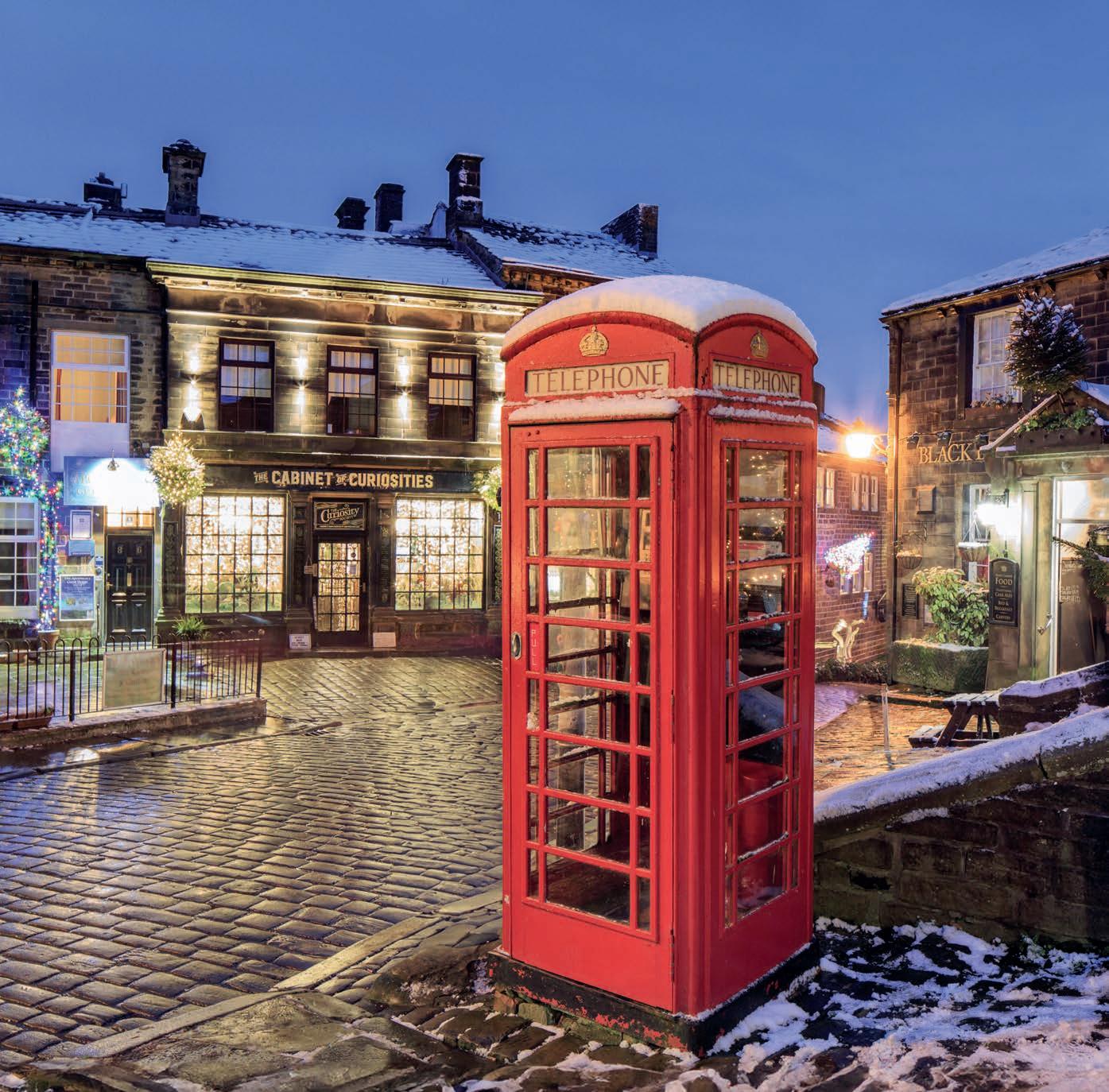
Andy the Highlander Carols by candlelight Peter Pan revisited
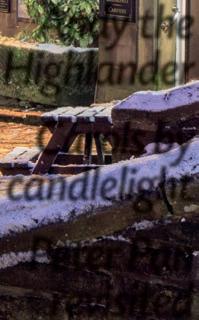
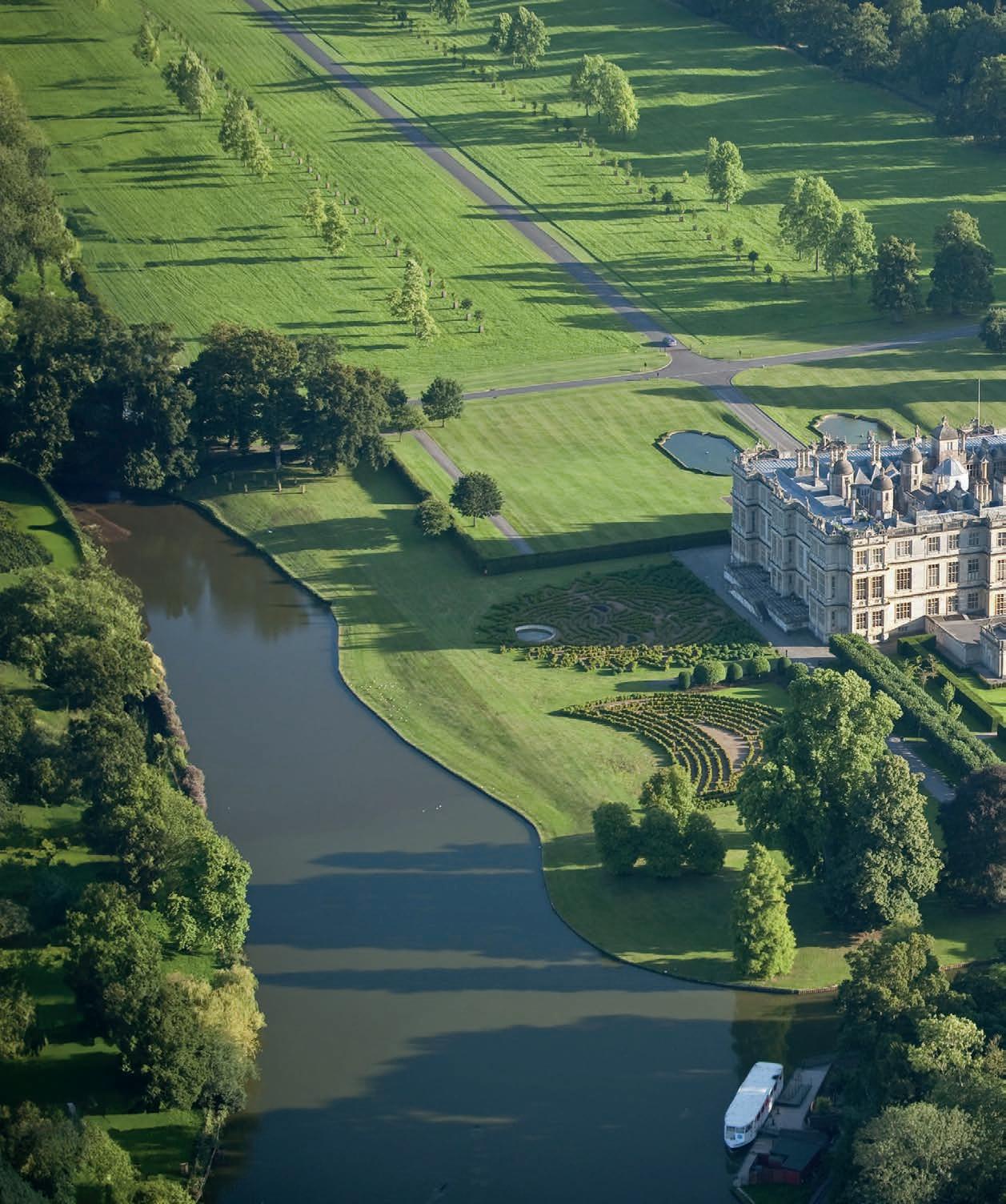

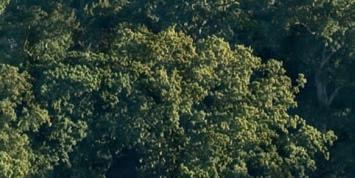




Follow the route taken by Queen Elizabeth I on her West Country ‘progress’ to discover magnificent houses and heritage cities
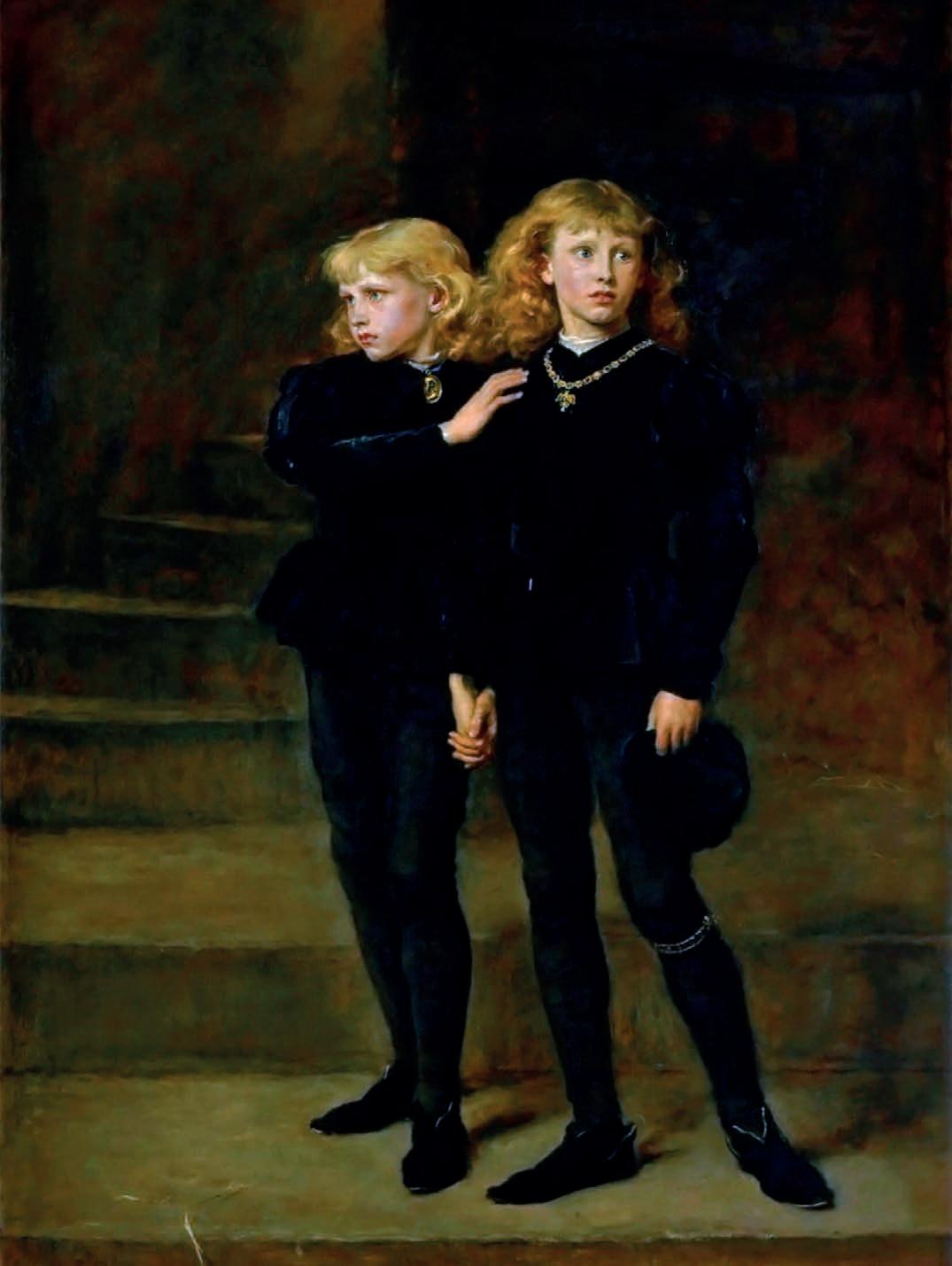
Our fascination with ghost stories goes back centuries, a tradition drawn on by Charles Dickens in A Christmas Carol. What better time of year to visit some of our most atmospheric castles, country houses and inns, and delve into their dramatic tales of hauntings?
WORDS NEIL JONES
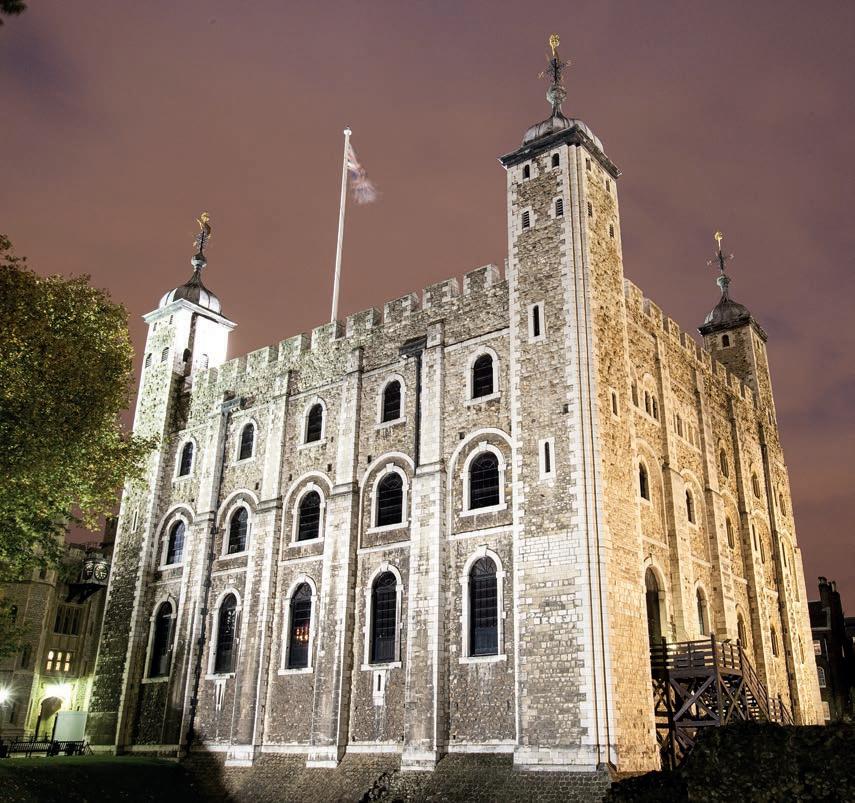
Charles Dickens’ bestselling novella A Christmas Carol, in which the miser Ebenezer Scrooge is led to mend his ways by a series of ghostly visitors, has been a popular fixture of festive storytelling ever since it was published in 1843. The author’s Christmas books often featured supernatural goings-on, and in this he was following a long tradition of ghostly midwinter tales.
It is claimed that Britain has more recorded evidence of supernatural apparitions than any other country, and whether you are a believer, a sceptic, or open to persuasion, it is certainly the case that many stories of restless spirits re-playing their roles for all eternity reflect our rich, dramatic history – combined with a British penchant for ripping yarns.
The Tower of London, site of imprisonments and executions over the centuries, bustles with alleged spectral residents unable or unwilling to leave. Most poignant are visions of two young boys in white nightgowns, said to be King Edward V and his brother Richard, Duke of York, who mysteriously vanished in 1483 when their uncle Richard took the throne. The grisliest haunting is that of Margaret Pole, who was beheaded for political reasons on the orders of Henry VIII in 1541: the 67-year-old Countess of Salisbury refused to place her head on the block, obliging the executioner to “hack her head and shoulders to pieces” – not a ghoulish scene you want to glimpse.
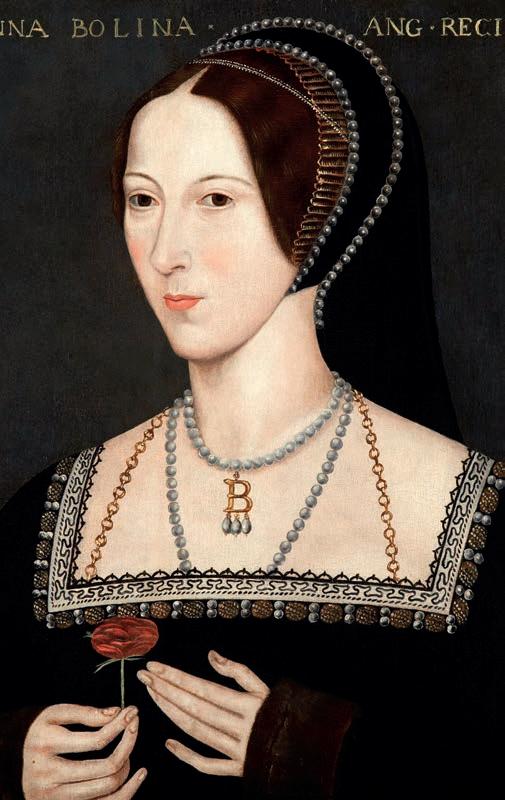
Perhaps the strangest spectral encounter was recorded in 1864, when a soldier at the Tower was court-martialled for being asleep at his post outside the Queen’s House. His claim that he had challenged an eerie figure in white, and then fainted when his bayonet went right through it, was corroborated by two witnesses and he was acquitted.
Some say the figure was Anne Boleyn. Henry VIII’s second wife, executed in 1536, is the most persistent ghost at the Tower: seen drifting from the Queen’s House to the Chapel Royal of St Peter ad Vincula where her body was buried.
The larger-than-life Tudors seem especially reluctant to leave the stage, with Anne’s spirit notably well-travelled.
On the anniversary of her death, 19 May, it is said her ghost has been seen to return to her probable birthplace, Blickling Hall in Norfolk, carrying her severed head in her lap as she arrives in a coach driven by a headless coachman.
According to folklore Anne’s ghost has also appeared on Christmas Eve on the bridge over the River Eden at her childhood home, Hever Castle in Kent. Henry probably visited Hever during his courtship of Anne but is unlikely to have stayed the night, yet an occasional “strong odour” has been reported in King Henry VIII’s Bedchamber and a visitor once asked a baffled room steward about a “hologram of an old man” seated in the chair next to the bed. Other unexplained incidents include the sounds of footsteps and giggling, and a steward standing by the door to the Best Bedchamber (where Anne likely stayed when
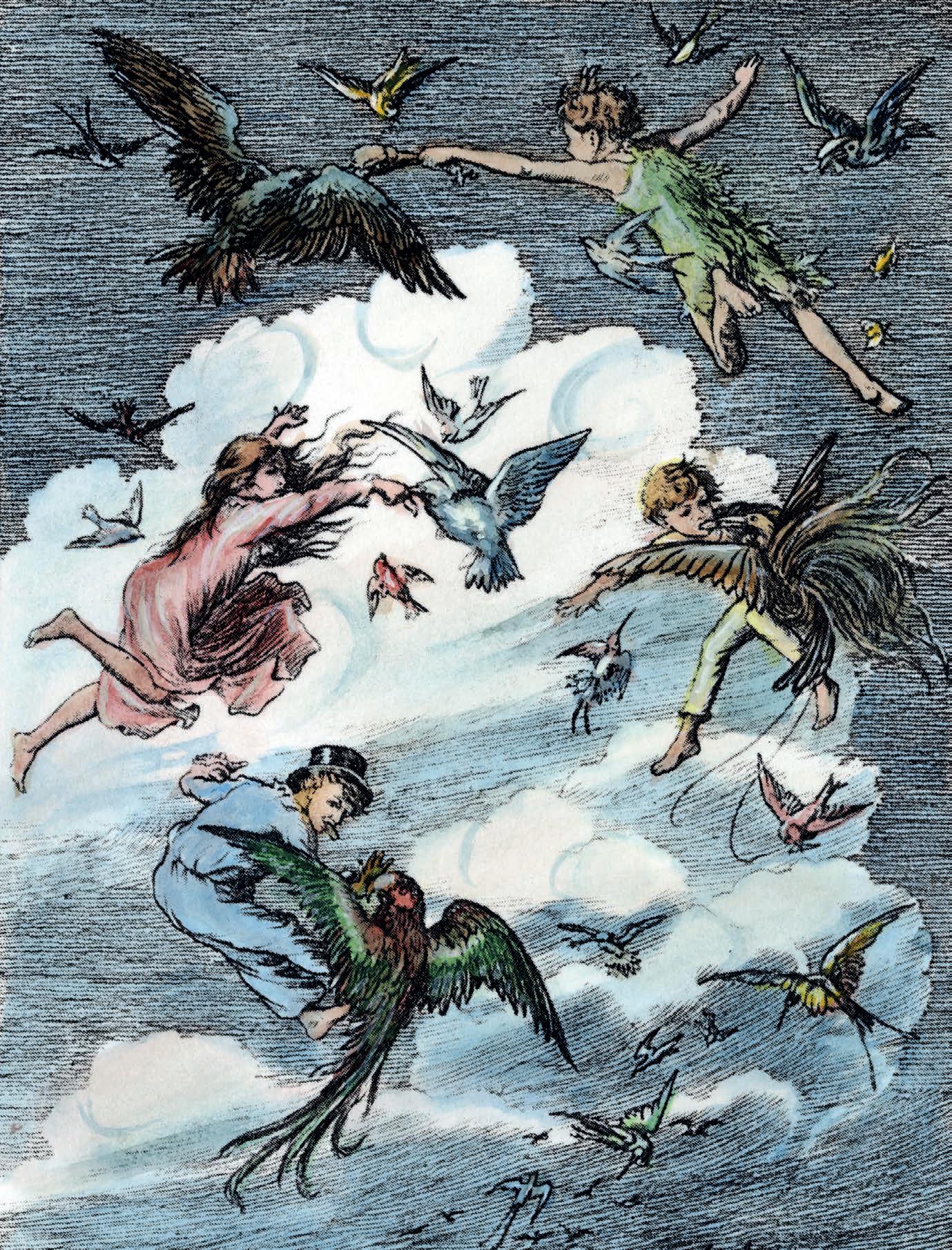
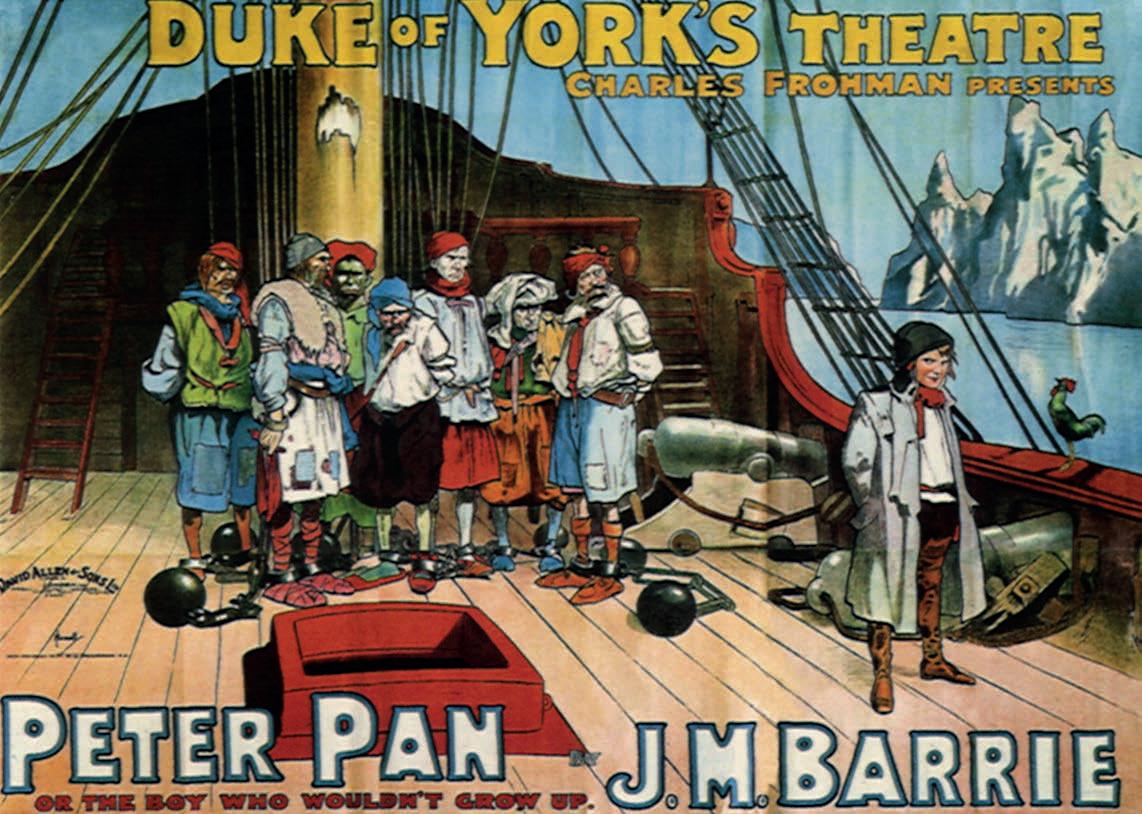

Barrie’s work is infused with this childhood trauma.
Despite such loss, J.M. Barrie retained a fondness for his hometown, gifting a camera obscura housed in a cricket pavilion to the community in 1930. Today the site is staffed by friendly volunteers who run a quiet café, offer free tours of the camera obscura, and invite visitors to admire their extensive Barrie memorabilia, including photographs and a signed cricket bat.
At the age of eight Barrie was sent away to live with his elder siblings, Alexander and Mary Ann. He joined them in Glasgow, and later in Dumfries as a teenager, describing his five years there as “probably the happiest of my life, for indeed I have loved this place”. Here, Barrie wrote his first play, Bandolero the Bandit, which was performed at Dumfries Theatre Royal.
In Dumfries James befriended Stewart and Hal Gordon, whose family owned a rambling manor called Moat Brae. The friends formed their own pirate crew, and hours of swashbuckling games in the grounds – in Barrie’s words, “escapades in a certain Dumfries garden, which is enchanted land to me” – sparked the idea of Peter Pan
After successfully publishing articles in several London newspapers, Barrie followed his writing dreams, moving to London in 1884. A few books in, his Peter Pan character first emerged in The Little White Bird (1902), a









Andy the Highlander has a worldwide following, thanks to his hit videos dedicated to his beloved homeland. Andy's new book is a love letter to Scotland’s extraordinary landscapes, history and folklore. Here, he tells us about three uniquely Scottish treasures WORDS ANDY THE HIGHLANDER
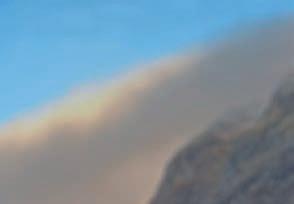
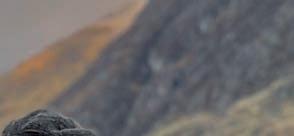


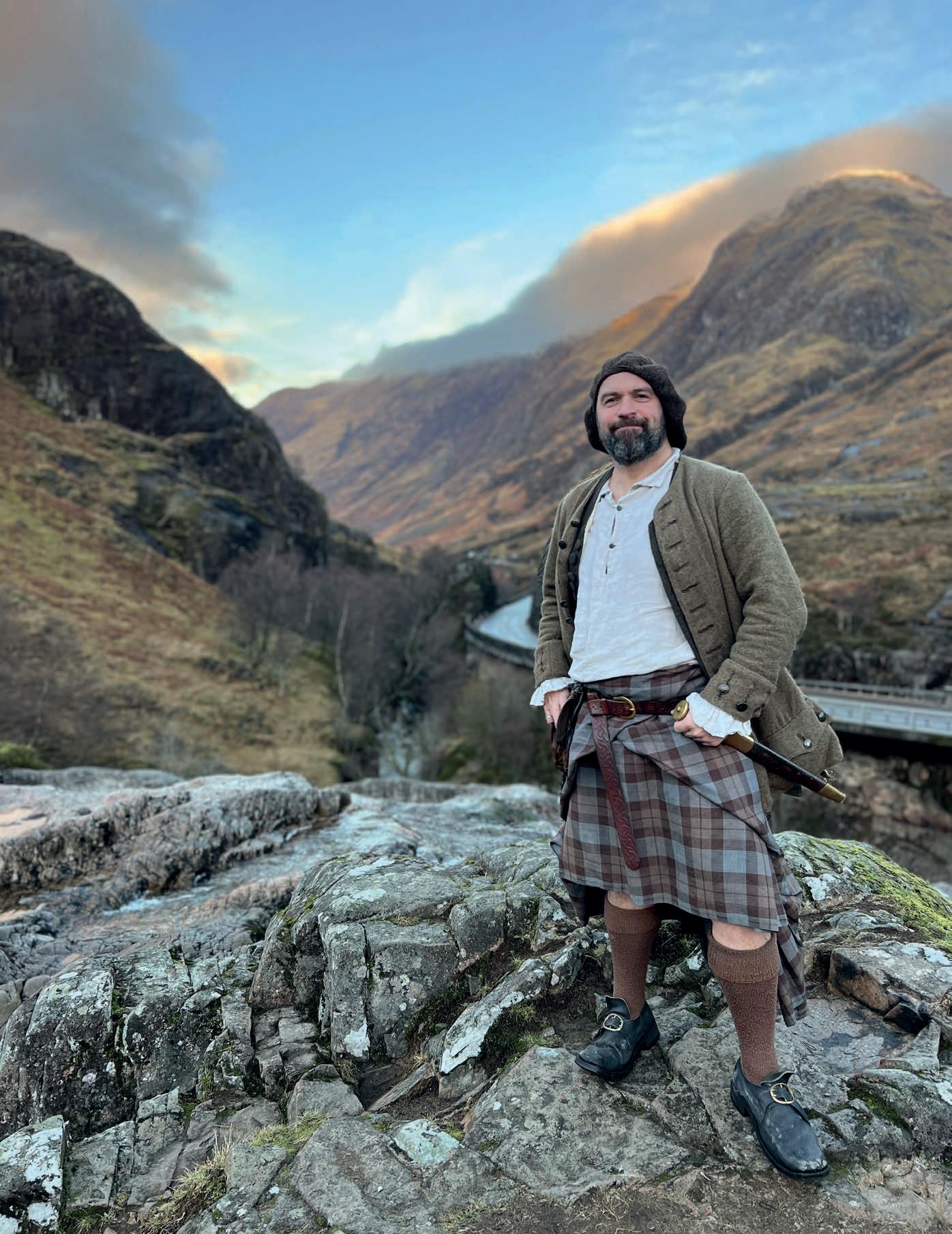
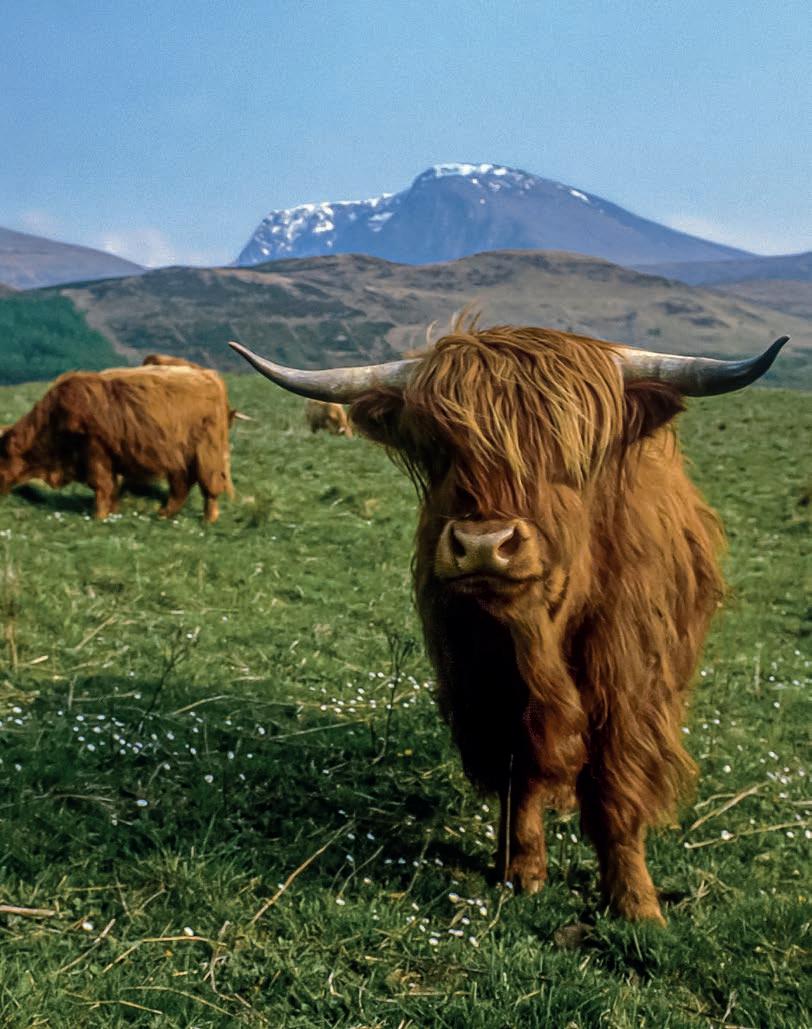
The famous Highland cattle are ruggedly beautiful beasties and an icon of Scotland. They are the oldest registered cattle breed in the world and are primarily found in our country, where the breed originated.
I’ll never tire of seeing them, and I encounter them in every corner of the land, from quiet glens to bustling roadside farmland, pristine sandy beaches to scraggy forests.
These magnificent beasts aren’t fond of the heat but aren’t bothered in the slightest by the cold and damp, so it’s no wonder they do well in Scotland! Their shaggy double coat is versatile for all seasons and gives them that characteristic windswept look, with their stylish fringe – known as a ‘dossan’ – helping to keep the sun, rain, snow and wind out of their eyes.
You might wonder how a Highland cow can see if they’ve got hair over their eyes. Well, if you take a closer look, you’ll notice that their eyes are actually off to the side, like birds, so the long fringe at the front of their head isn’t in fact covering them. As with all cows, they’ve got almost 360° vision and can see their world quite clearly.
Heilan coos, as Scots lovingly call them, are
Previous page: Andy the Highlander Above, left to right: A Highland cow in its natural habitat; a Highland calf
Heilan coos, as Scots lovingly call them, are generally gentle-natured, despite those scary-looking horns
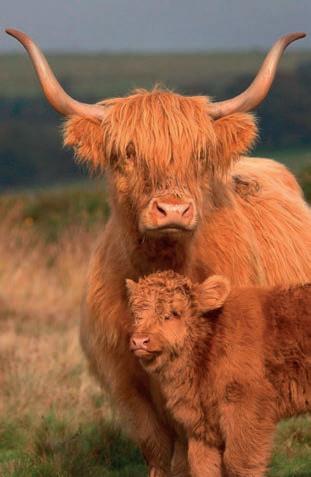

generally gentle-natured. But what about those massive, scary-looking horns? They generally prefer to employ them as excellent foraging tools and great back scratchers rather than offensive weapons. The horns can also give you a clue as to the sex of the beast. A useful rule of thumb is that the horns on female coos are thinner and their upwards curve is more pronounced, whereas the horns on males are thicker, with a much more subtle upward curve.
When I’m leading tours, my most frequently asked question is probably, ‘Andy, where can we see Highland cows?’ Well, as I say, they really are all over, but they’re often on the move, so I’ll see them one day in a particular place and then they’re gone the next. There are some spots around the country, however, where they’re regularly accessible to visitors.
The term for a group of Highland cattle is a ‘fold’, the name of the stone shelter that protects them in winter, and you’re not likely to find anything cuter in all of Scotland than a wee Highland calf! Queen Victoria is said to have remarked that the ginger coos were her favourite, so they were apparently selectively bred for her, but the breed does also come in shades of black and brown.
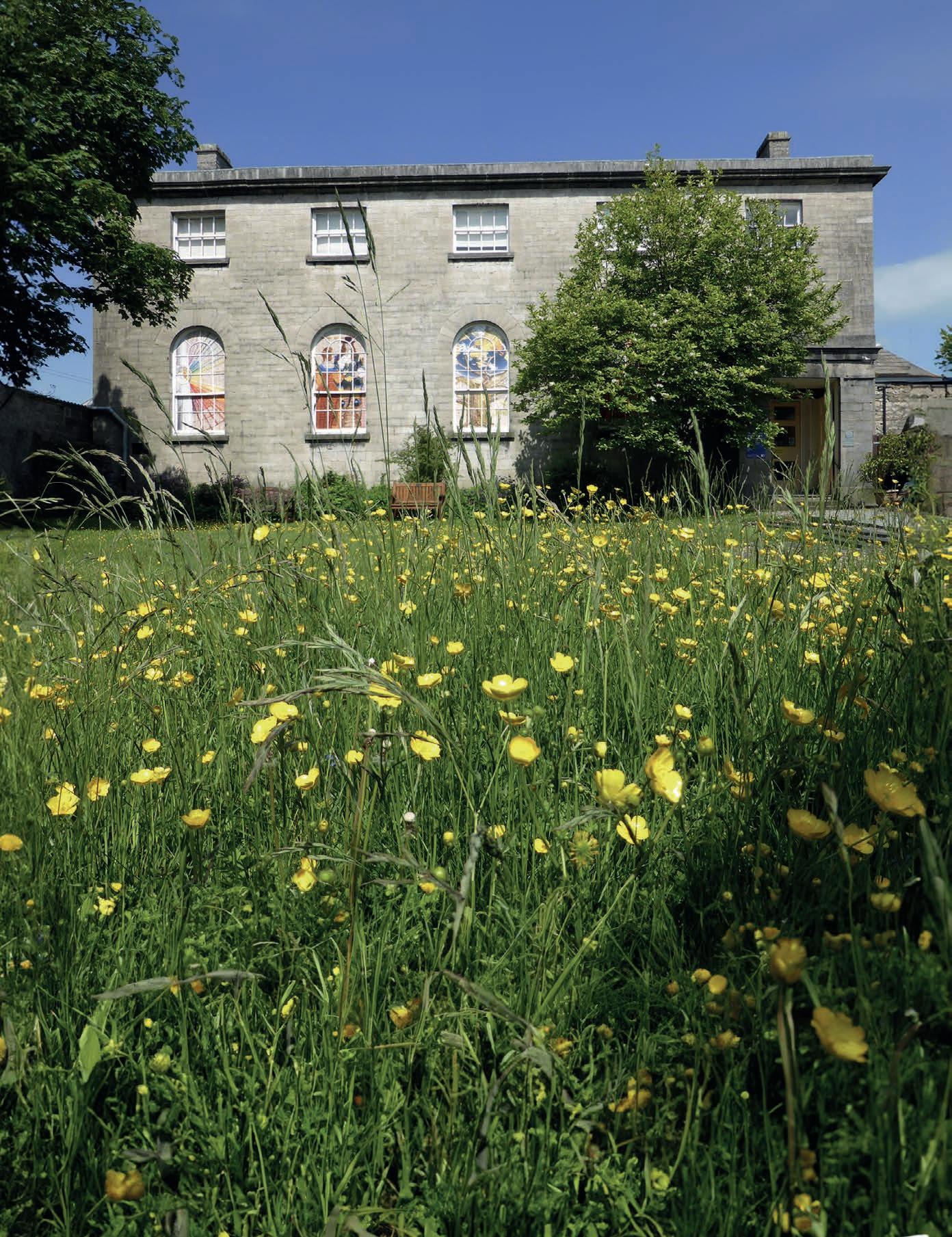
The Quaker Tapestry represents a remarkable community endeavour, stitching together significant events from past centuries. But how embroidered is its account of history?